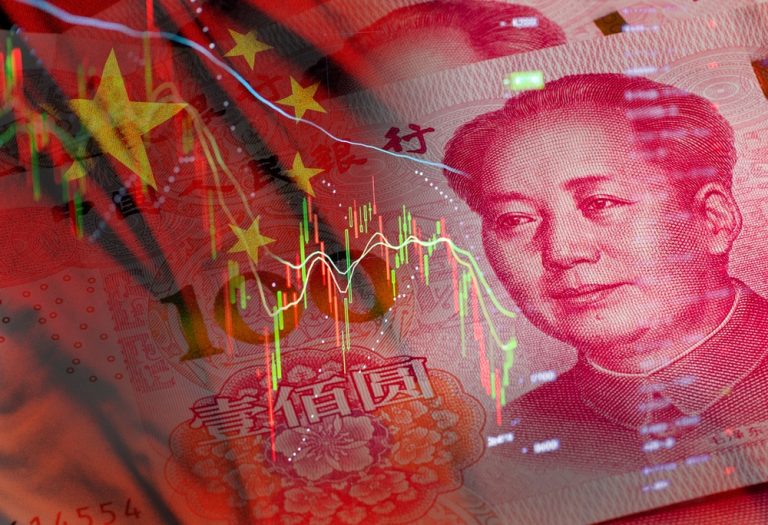China’s Economic Challenges Deepen with Slowing Growth and Deflation
The latest indicators of China’s economic health highlight a troubling mix of slowing GDP growth, persistent deflation, and falling bond yields. While official reports maintain a more optimistic outlook, skepticism remains high as structural challenges and discrepancies in economic data cast doubt on the sustainability of recovery.
Contrasting GDP growth estimates
Throughout 2024, China’s GDP growth has been a contentious issue. The National Bureau of Statistics (NBS) reported a 4.8% annualized growth rate through the third quarter. However, independent analysts, like the Rhodium Group, estimate growth between 2.4% and 2.8%, highlighting significant discrepancies in household consumption and investment data.
This divergence has fueled doubts about the accuracy of official figures, with many attributing the difference to “authority bias” — the selective presentation of economic data to emphasize stability while downplaying critical challenges.
Persistent deflationary pressures
Consumer price deflation has been a central issue in 2024. The Consumer Price Index (CPI) grew by just 0.2% year-on-year in November, with core price growth at 0.3%. Independent economists suggest deflationary trends may be deeper than official statistics indicate, with CPI growth averaging negative 2% over the past three years.
Deflation poses risks to economic recovery, as it discourages consumer spending and investment, further hampering domestic demand.
Falling bond yields and shifting investor sentiment
China’s bond market reflects growing economic unease. Yields have declined as investors move away from equities toward safer assets, exacerbated by aggressive borrowing by commercial banks. The People’s Bank of China (PBOC) recently halted government bond purchases to prevent a bond bubble, an unusual step compared to global central banks’ strategies.
Weakening yuan and trade imbalances
The yuan’s depreciation against the dollar has worsened trade imbalances, making exports cheaper and imports more expensive. While exports grew by 6.7% year-to-date through November, volumes rose 11.6%, suggesting China is offloading discounted goods on global markets due to weak domestic demand.
Net exports remain a bright spot, contributing positively to GDP growth in 2024, but their reliance on external conditions leaves them vulnerable to global economic shifts.
Government spending and household consumption
China has introduced stimulus measures to boost household consumption, including trade-in subsidies for appliances and vehicles. However, these efforts have been limited by slow wage growth, rising debt repayments, and reduced disposable income. Real household consumption is expected to grow between 3.5% and 4% in 2025, contributing modestly to GDP.
Government spending, while growing, remains constrained by declining tax revenues. Fiscal policies, such as special treasury bonds and infrastructure investments, are projected to add 0.5 to 1 percentage point to GDP growth in 2025.
Structural issues and policy implications
China’s overreliance on manufacturing and investment continues to hinder the shift toward a consumption-led growth model. Short-term countercyclical measures may stabilize growth temporarily, with GDP growth projected between 3% and 4.5% in 2025. However, structural reforms remain essential for sustained recovery.
Conclusion
China’s economic outlook for 2025 is marked by slowing growth, deflationary pressures, and shifting investor sentiments. While policy measures offer some hope for stabilization, the unresolved structural challenges and lack of transparency in economic reporting pose significant hurdles. For meaningful recovery, China must address these underlying issues and embrace a more consumption-driven economic model.


